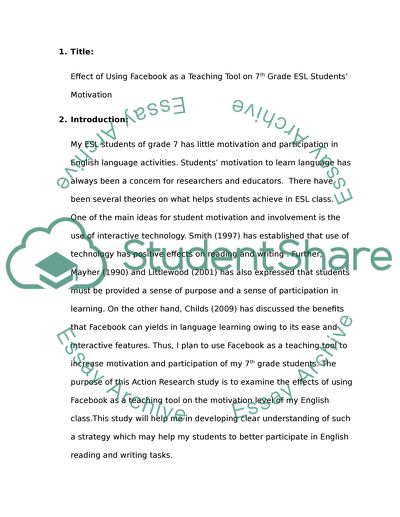Cite this document
(“Effect of Using Facebook as a Teaching Tool on 7th Grade ESL Students Essay”, n.d.)
Retrieved from https://studentshare.org/environmental-studies/1418734-effect-of-using-facebook-as-a-teaching-tool-on-7th-grade-esl-students-motivation
Retrieved from https://studentshare.org/environmental-studies/1418734-effect-of-using-facebook-as-a-teaching-tool-on-7th-grade-esl-students-motivation
(Effect of Using Facebook As a Teaching Tool on 7th Grade ESL Students Essay)
https://studentshare.org/environmental-studies/1418734-effect-of-using-facebook-as-a-teaching-tool-on-7th-grade-esl-students-motivation.
https://studentshare.org/environmental-studies/1418734-effect-of-using-facebook-as-a-teaching-tool-on-7th-grade-esl-students-motivation.
“Effect of Using Facebook As a Teaching Tool on 7th Grade ESL Students Essay”, n.d. https://studentshare.org/environmental-studies/1418734-effect-of-using-facebook-as-a-teaching-tool-on-7th-grade-esl-students-motivation.


